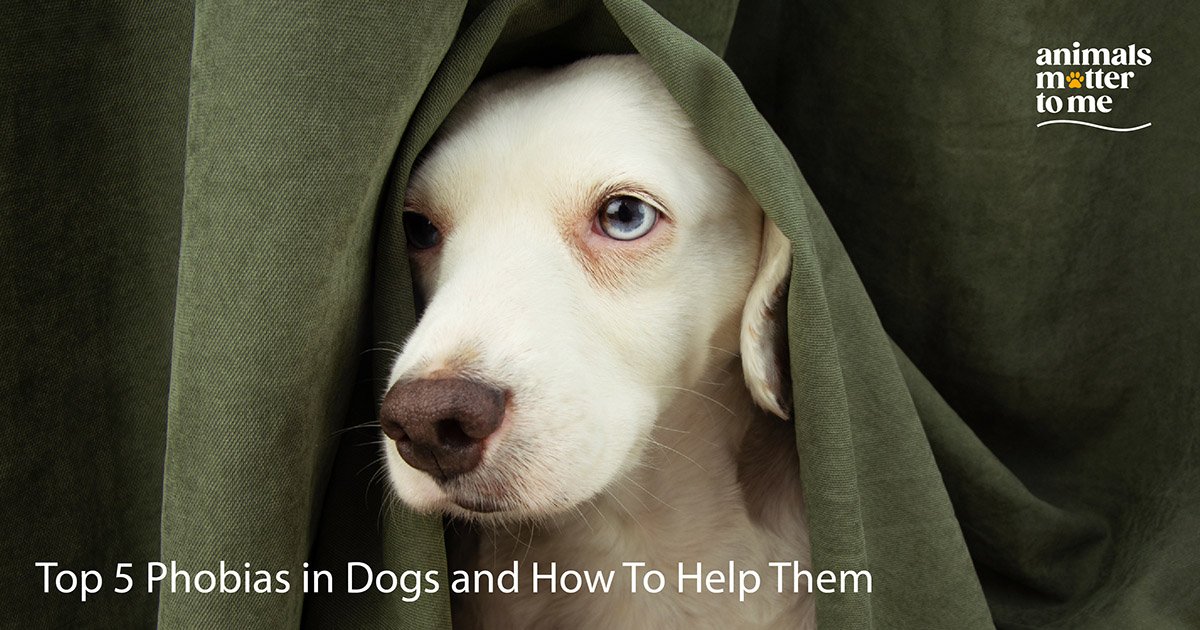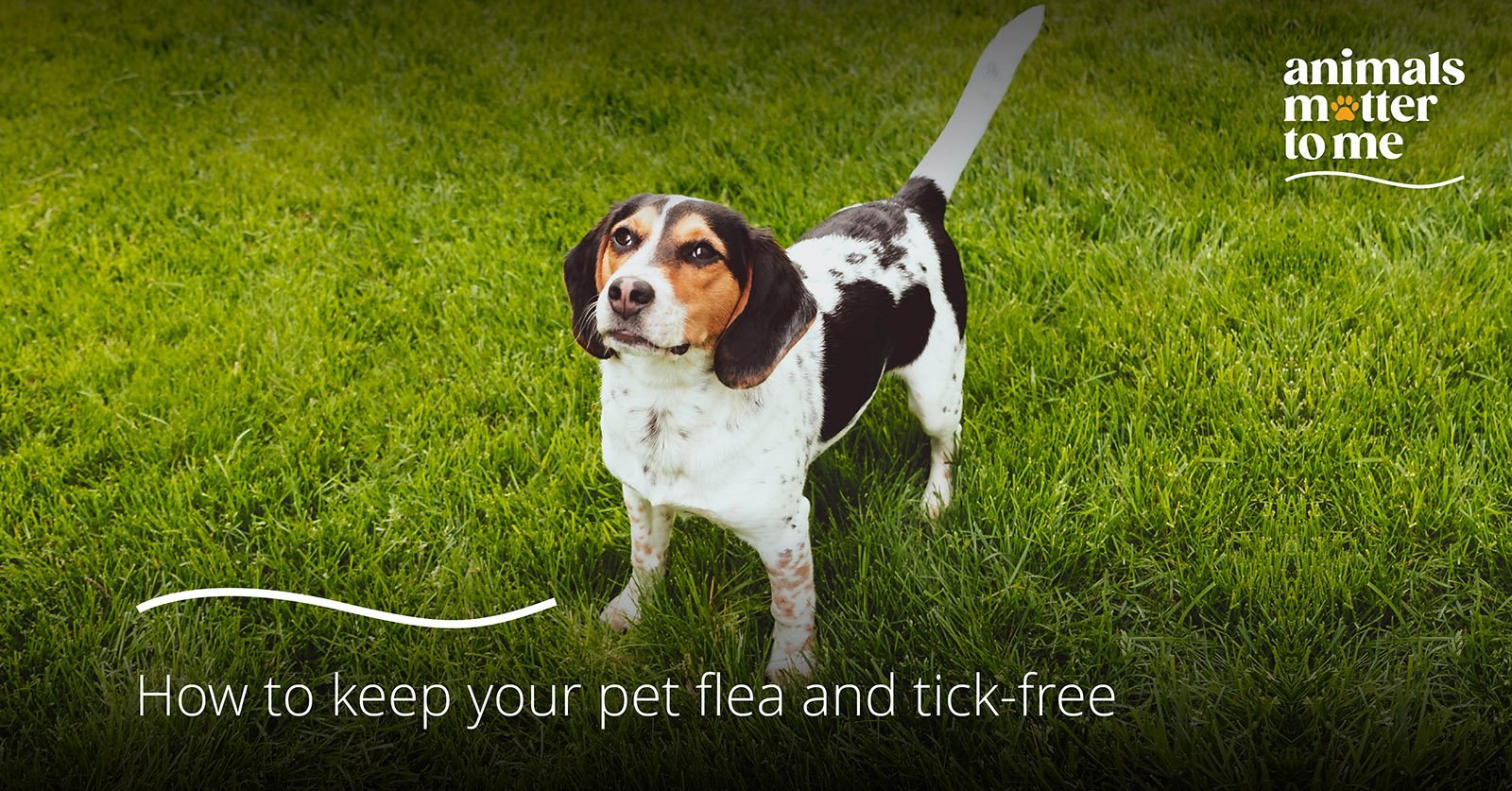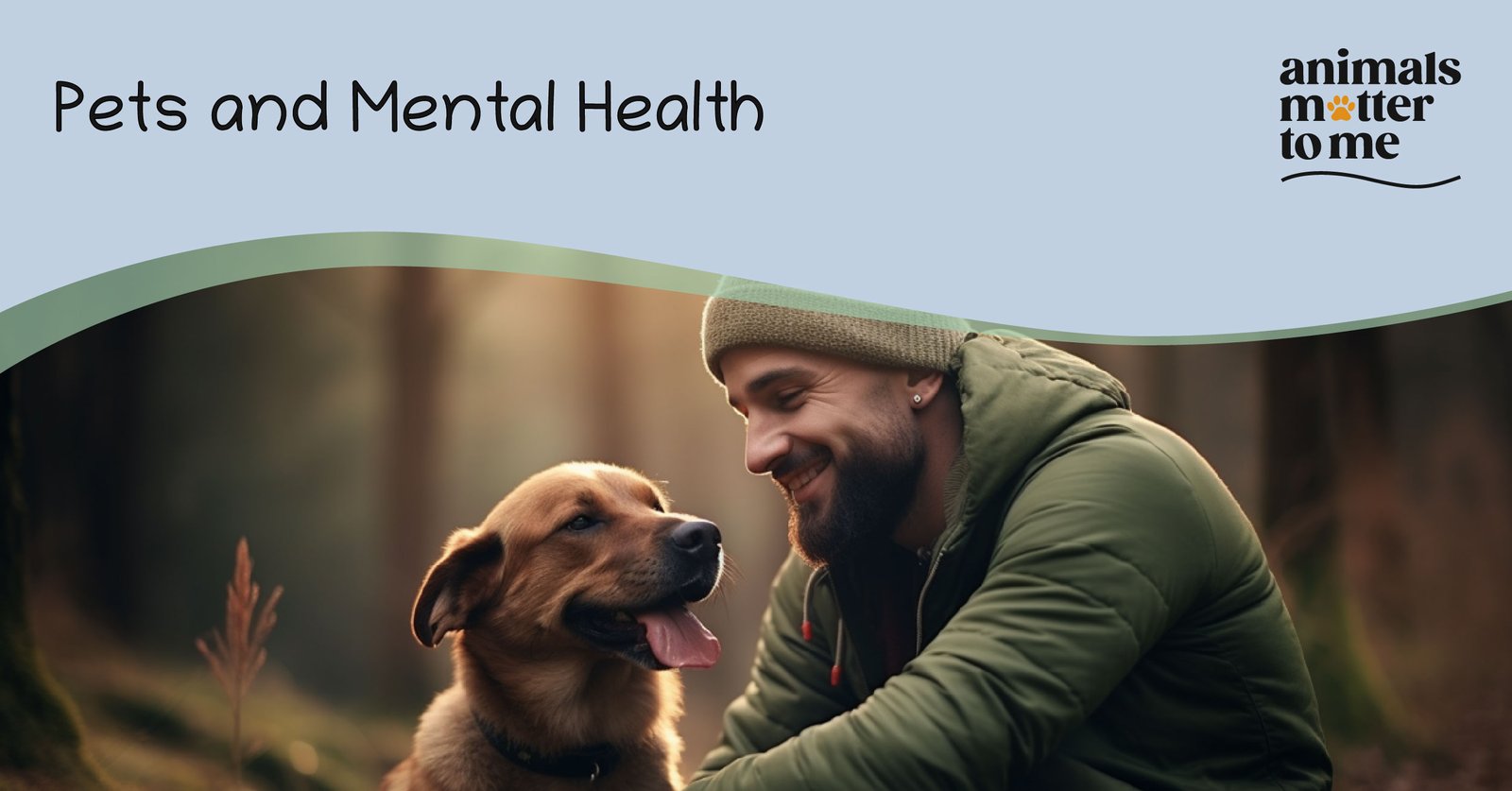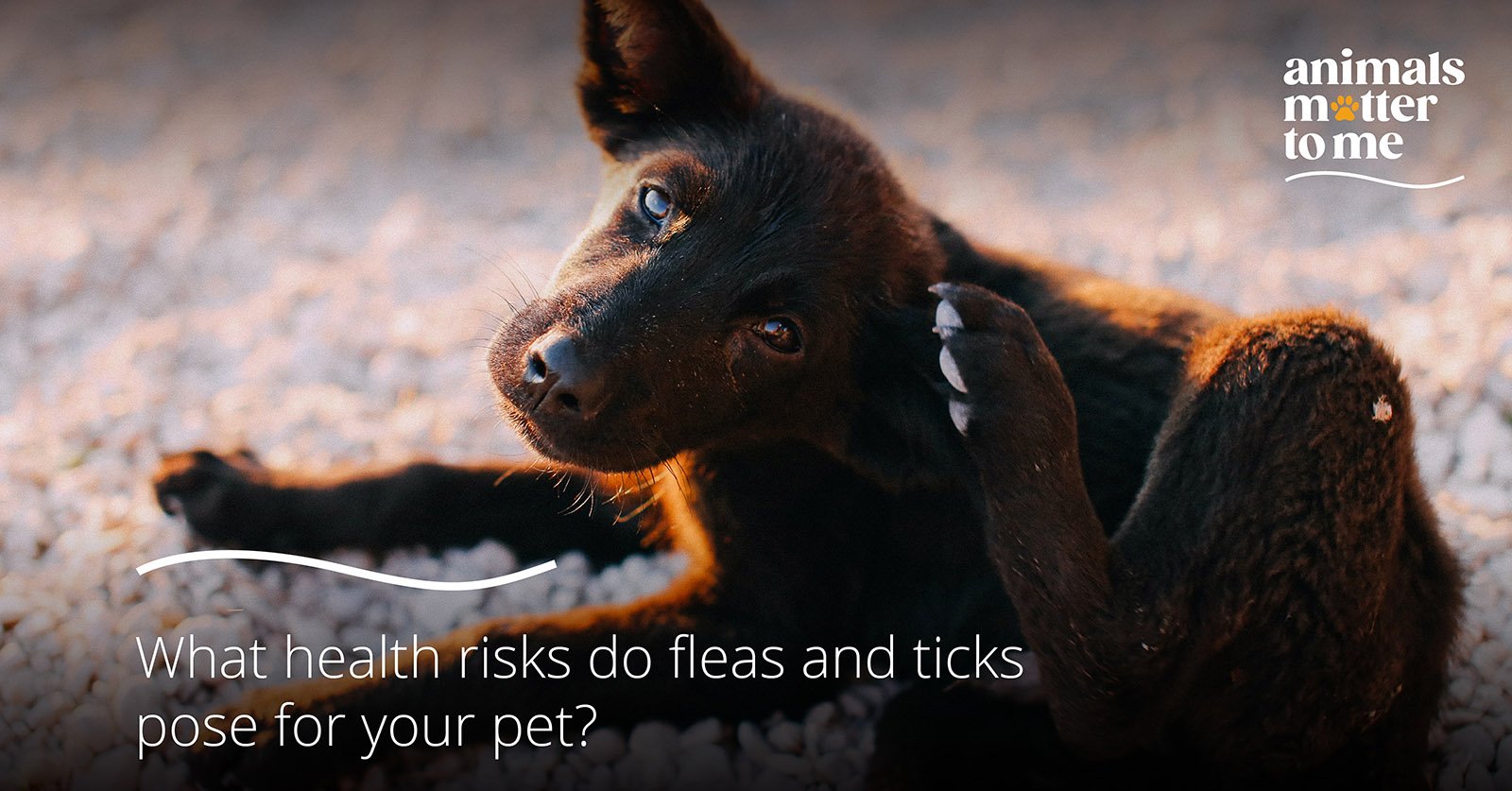Fear is a normal and healthy part of life and plays an important role in keeping us from harmful situations. A phobia, however, twists the normal fear response into something persistent and difficult or impossible to control. These phobias or extreme fears are not limited to humans. Along with many other characteristics, phobias are common between humans and animals. Animal phobias can have a variety of causes, including a lack of early socialization or a negative experience. Signs of fear in dogs include cowering, trembling, drooling, barking, destructive behaviour, and, in some cases, aggression.
We’ve listed below the 5 most common phobias experienced by dogs for you to understand and help them.
-
Fear of Fireworks
Many dogs have an aversion to loud noises like fireworks and firecrackers as their hearing is two to three times more sensitive than our own. There is even research that suggests dogs can inherit noise phobias. The loud and unpredictable sounds and light displays make dogs tremble with fear. Some other side effects may include mental confusion and aggression. This fear may cause many dogs to hide under a roofed surface or even run away.
-
Fear of Thunder
The fear of thunder is typically common in dogs. The degree of this fear differs from dog to dog. Some may just have a mild fear of thunder. In this case, a dog may tremble slightly or you may notice flattened ears, wide eyes, and a tucked tail during a thunderstorm. Other dogs may have a severe phobia which leads them to hide, become destructive, or even lose control over urination and defecation.
-
Fear of Stairs
There are four main reasons dogs may be fearful of stairs. First, lack of exposure in their younger days has left them with a fear of the unknown. Second, they had a traumatic experience on or near a staircase. Third, they have been restricted from using the stairs in the past, causing a negative association to form. And finally, a medical condition like arthritis or hip dysplasia makes climbing stairs difficult or painful.
-
Fear of Children
Dogs might develop a fear of children for several reasons. The first is the lack of exposure to kids in the early stages of life. Some dogs may not understand a child’s noises or jerky, uncoordinated movements, or their small size. Secondly, children behave differently towards animals. They are not always careful and pull their ears or fur or grab the animal by the tail. Not all dogs will tolerate this behaviour. The dog essentially does not intend to hurt the child but can react aggressively because of fear.
-
Fear of Specific Objects
Dogs might get stressed with certain things such as a statue, a broom or particular sound made by a vehicle. That might be due to the peculiarity of the object or a smell associated with it that disturbs the dog’s senses.
As a caregiver and protector, you can take steps to help phobic dogs feel safe and lead a fulfilled life. Treating these conditions on our own in dogs is complicated because communication is extremely limited. Forcing a dog to accept its phobia could push it to become aggressive and even attack. There are professional trainers and canine behaviourists trained to understand these conditions. A trainer will evaluate the dog’s behaviour to find the root cause of the fear and work to come up with an action-based plan to help the dog through issues.
Anything is paws-ible with a dog by your side.




